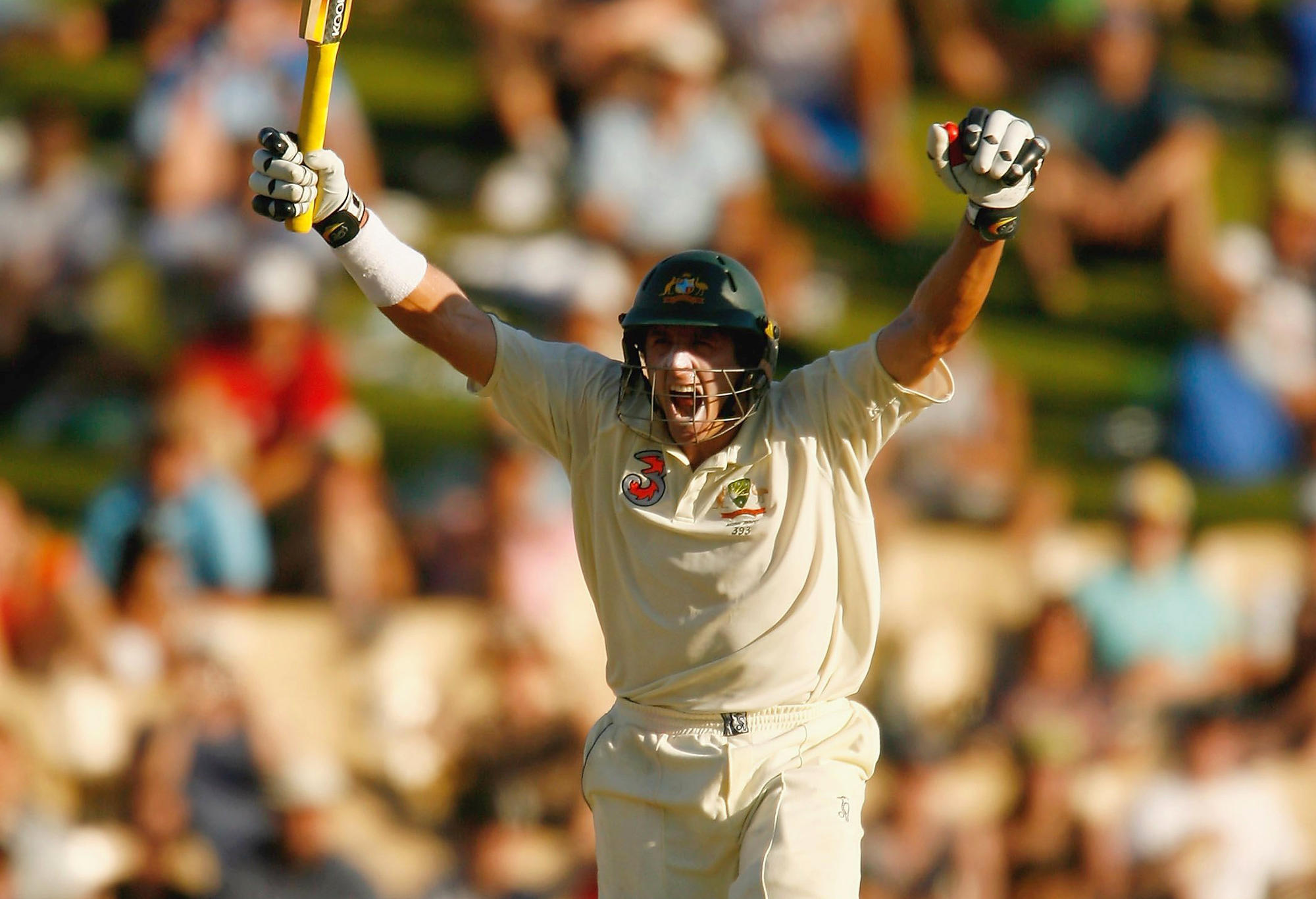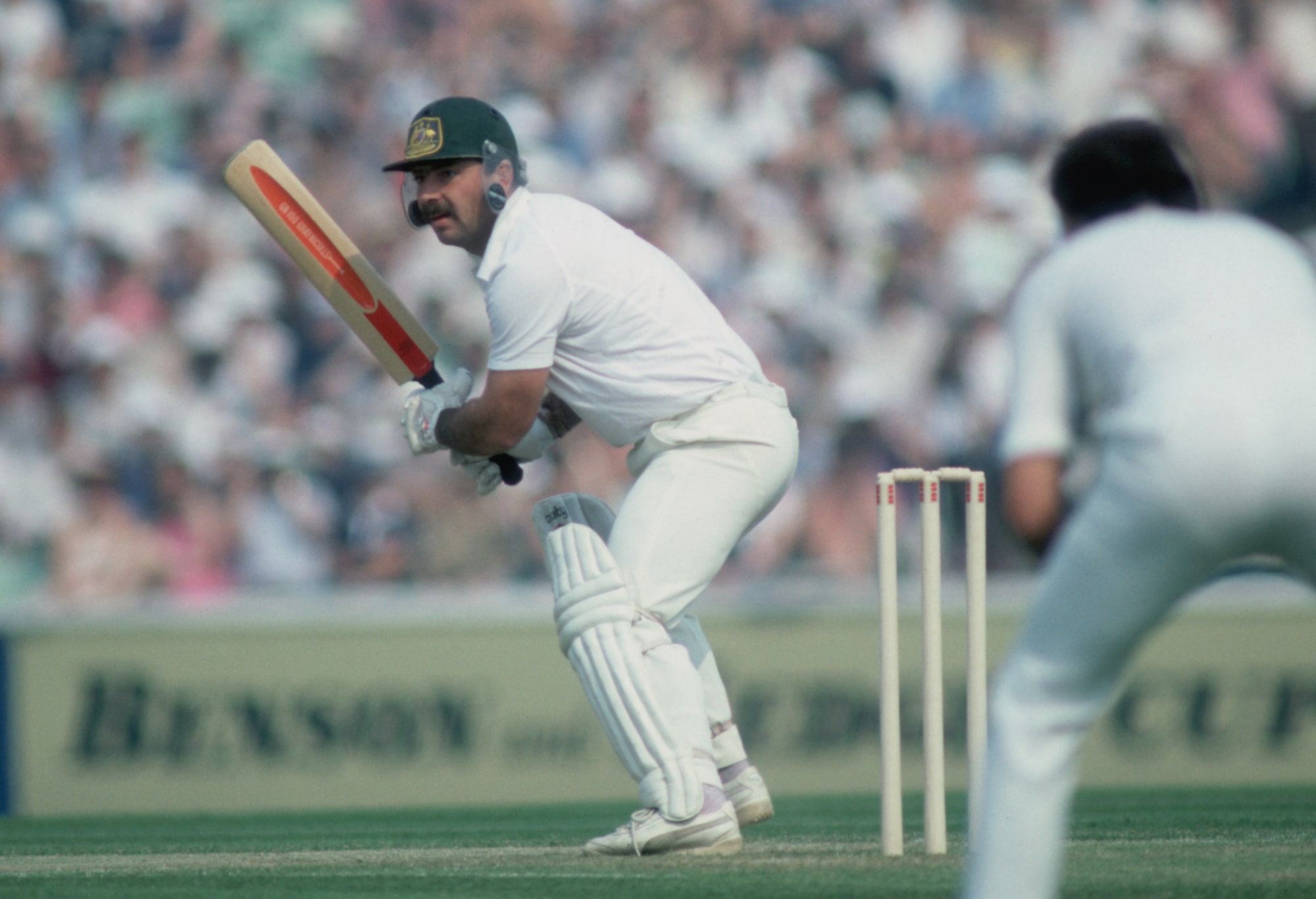
This is the first in a series on the best cricket XI of all time from each state, shedding light on the great talent that has blossomed in Australia, helping it become the most dominant nation historically.
The goal is to select the best possible team to beat other all-time state teams.
The criteria used to determine player eligibility follow those in rugby league’s State of Origin.
This means a player like Usman Khawaja, who is currently Queensland captain, is only eligible for selection for NSW. This criterion gives us the best idea of the talent each state has produced.
Win a Ziggy BBQ for Grand Final day, thanks to Barbeques Galore! Enter Here.
Without further ado, here is the best-ever Western Australian team:
Justin Langer: He was renowned for his gritty and determined style as a left-handed opening batter who formed a formidable partnership with Matthew Hayden at the top of the order. Langer’s career spanned from 1993 to 2007, during which he played 105 Test matches, amassing an impressive 7,696 runs at an average of 45.27.
His resilience, gritty nature, strokeplay, and focus were evident in his 23 Test centuries, making him one of Australia’s leading run-scorers, including almost 1500 runs in 2004. Beyond his batting prowess, Langer was known for his leadership qualities, later transitioning to coaching, including a successful stint as the head coach of the Australian cricket team.
Simon Katich: He played primarily as a top-order batter and represented Australia in Test and ODI formats. In his 56 Test matches from 2001 to 2010, Katich accumulated 4,188 runs at an average of 45.03.
Known for his unorthodox batting style and ability to anchor the innings, he registered ten Test centuries during his international career. In ODIs, Katich scored 2,418 runs in 45 matches at an average of 35.34. His consistency and adaptability, depending on the flow of the game, allowed him to push for singles or score freely. Katich was mainly known for his time in NSW, where he was an integral part of their success in the mid-2000s.

Michael Hussey (Photo by Tom Shaw/Getty Images)
Mike Hussey: He earned the nickname “Mr Cricket” for his unwavering dedication to the sport and laser-like focus. A left-handed middle-order batter, Hussey made his mark in both Test and ODI cricket. From 2005 to 2013, he played 79 Test matches, amassing 6,235 runs at an impressive average of 51.52.
Success didn’t come to Hussey immediately; he patiently waited for a decade before finally getting a proper opportunity. His ability to rescue the team from challenging situations and play match-winning innings contributed significantly to Australia’s success. In ODIs, Hussey scored 5,442 runs in 185 matches at an average of 48.15, showcasing his versatility across formats. Beyond statistics, his reputation as a reliable and composed player further solidified his place as one of Australia’s cricketing legends.
Kim Hughes: A stylish right-handed batter and occasional medium-pace bowler, he made his Test debut in 1977 and it took him only 11 Tests to become Australia’s captain, the only permanent captain from the nation’s largest geographical state.
Known for his elegant stroke play and leadership skills, he captained the Australian team from 1979 to 1984. Hughes played a pivotal role in some memorable victories, displaying resilience and flair. Over his international career, he scored over 4,500 runs in Test matches at an average of around 37, showcasing his consistency as a batsman. His finest moment was in the Lord’s Centenary Test.
Damien Martyn: His international career spanned from 1992 to 2006, during which he established himself as a key player for Australia. He initially struggled with an “all-or-nothing” approach but later became known for his elegant stroke play. His soft hands allowed him to manipulate the ball in various directions.
Martyn amassed over 4,300 runs in Test cricket at an impressive average of approximately 46.37, with his peerless cover drive being his most damaging shot. His 88* in the 2003 World Cup Final was probably his best knock.
Adam Voges: After making his international debut at 35, wasted no time repaying the selectors’ faith in him. With a Test batting average of 61.87, the second highest ever for players with at least 20 Tests, he scored more than 1,400 runs in just 20 Test matches, including two double tons.
Notably, in 2015, he achieved a remarkable unbeaten 269 against the West Indies. Voges’ consistency and ability to convert starts into big scores solidified his place in the Australian lineup during his international career. He made the most of limited opportunities and deserved to play more for Australia.
Rodney Marsh (Wicketkeeper): Remembered as a proficient gloveman with impressive agility behind the stumps, despite his unathletic frame, his lightning-quick reflexes and safe hands earned him a reputation as one of the finest wicketkeepers of his era. His synergy with Dennis Lillee resulted in 94 dismissals. Marsh’s batting prowess complemented his wicketkeeping skills, contributing crucial runs down the order.
With a Test career spanning from 1970 to 1984, Marsh amassed over 3,600 runs at an average above 26. His ability to handle both pace and spin with ease showcased his adaptability, making him a vital asset in the Australian lineup. His legacy includes the impact he had on the next generation of Australian cricket during its golden run in the late 90s to mid-2000s. He finished with an average of 26.51 with the bat as well as 343 catches and 12 stumpings.

Rod Marsh. (Photo by Adrian Murrell/Getty Images)
Stuart MacGill: The leg-spin maestro left an indelible mark with his leg breaks. Perhaps the most unlucky cricketer, he played at the same time as the late great Shane Warne. MacGill’s ability to extract sharp turn and variations in flight made him a constant threat to batters.
His Test career, spanning from 1998 to 2008, saw him claim over 200 wickets, quite remarkable as he was never truly Australia’s first-choice spinner aside from Warne’s drug ban. He is often known as the man in Warne’s shadow, which demonstrates how cruel sport can be.
Graham McKenzie: He emerged as a key component of Australia’s bowling arsenal during the 1960s. Born in 1941, McKenzie’s bustling run-up and ability to disguise his action made him a formidable force in Test cricket. His skill to generate pace off dead wickets and movement in the air troubled batters across the globe.
McKenzie’s Test career, spanning from 1961 to 1971, saw him pick up wickets consistently and achieve 10-wicket hauls three times. A classic exponent of seam bowling and bouncers, McKenzie’s impact on Australian cricket endures through his noteworthy performances. He averaged 29.78 in taking 246 Test wickets.
Dennis Lillee: The first player picked for this team, he is widely regarded as one of the greatest fast bowlers in cricket history. With his distinctive charging run-up and in-your-face character, Lillee struck fear into batsmen worldwide and became a cult hero with his moustache and hairy chest.
Making his debut for Australia in 1971, Lillee’s raw pace and lethal accuracy earned him 355 wickets in just 70 Test matches, making him Australia’s leading wicket-taker at the time of his retirement in 1984. His intimidating presence on the field complemented an impressive strike rate of 52.0. His 8 for 29 against the World XI showcases his ability to dismantle batting orders.
Terry Alderman: He was a crafty and precise medium-fast bowler known for smiling while bowling. Debuting for the national team in 1981, Alderman’s unassuming style masked a deadly accuracy that troubled batsmen across the cricketing world.
Over the course of his 41 Test matches, Alderman claimed 170 wickets, including 40 wickets on two separate tours of England, with an impressive average of 27.15. Alderman’s career was unfortunately hampered by injuries, but he is remembered for forcing Graham Gooch to voluntarily exclude himself from playing against him.
12th Man Mitchell Marsh
The Western Australian team is full of hardened and aggressive players and will take some beating. The openers and Mike Hussey can add runs without taking risks and building formidable partnerships. With players like Martyn and Voges, the middle order is solid while any bowling attack led by Dennis Lillee will be strong, particularly if Rod Marsh is ready with the gloves.
The Bosshttps://www.theroar.com.au/2024/08/24/crickets-state-of-origin-who-makes-the-cut-in-the-western-australia-all-time-xi-with-lillee-leading-the-way/Cricket’s State Of Origin: Who makes the cut in the Western Australia All-Time XI with Lillee leading the way
Post a Comment